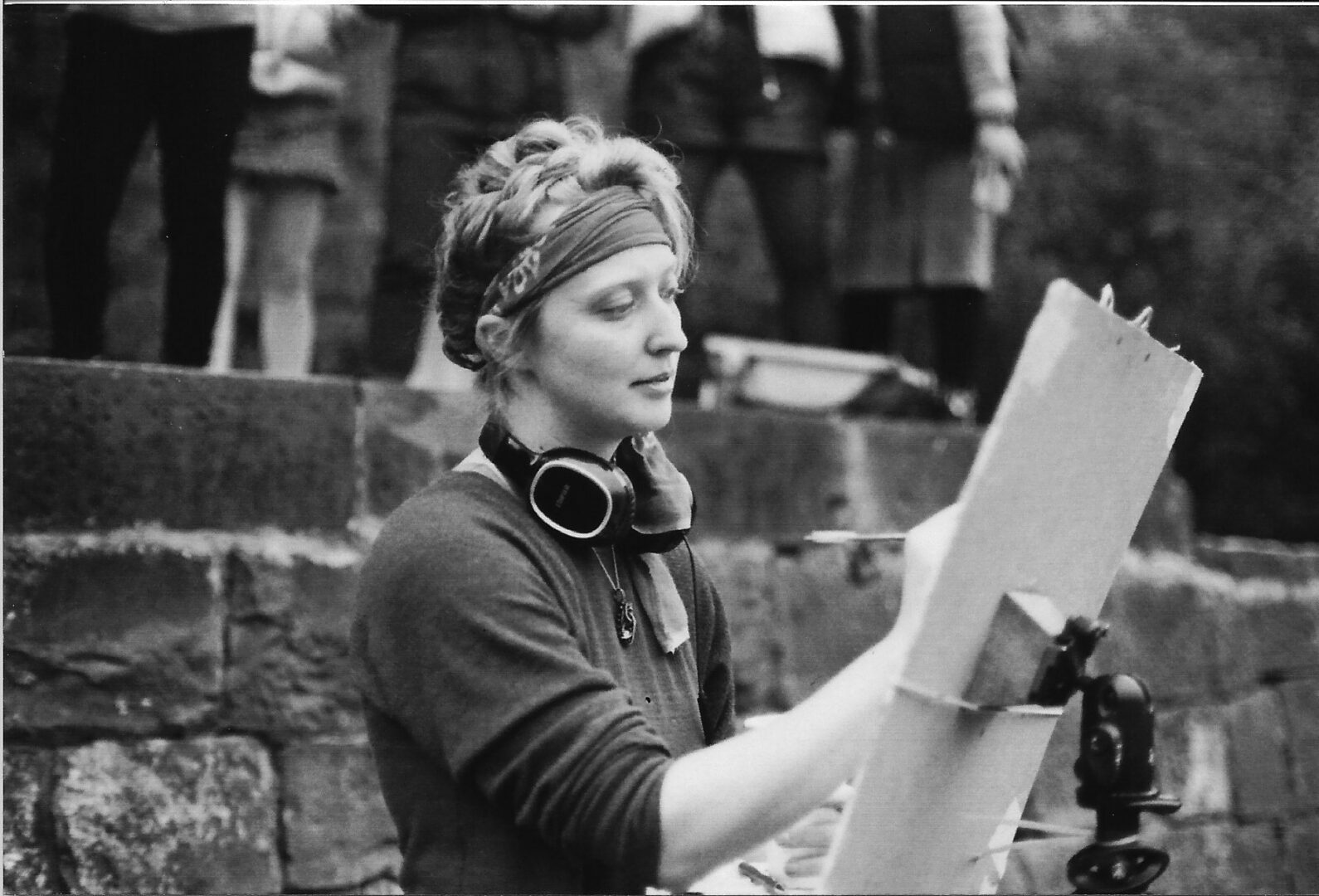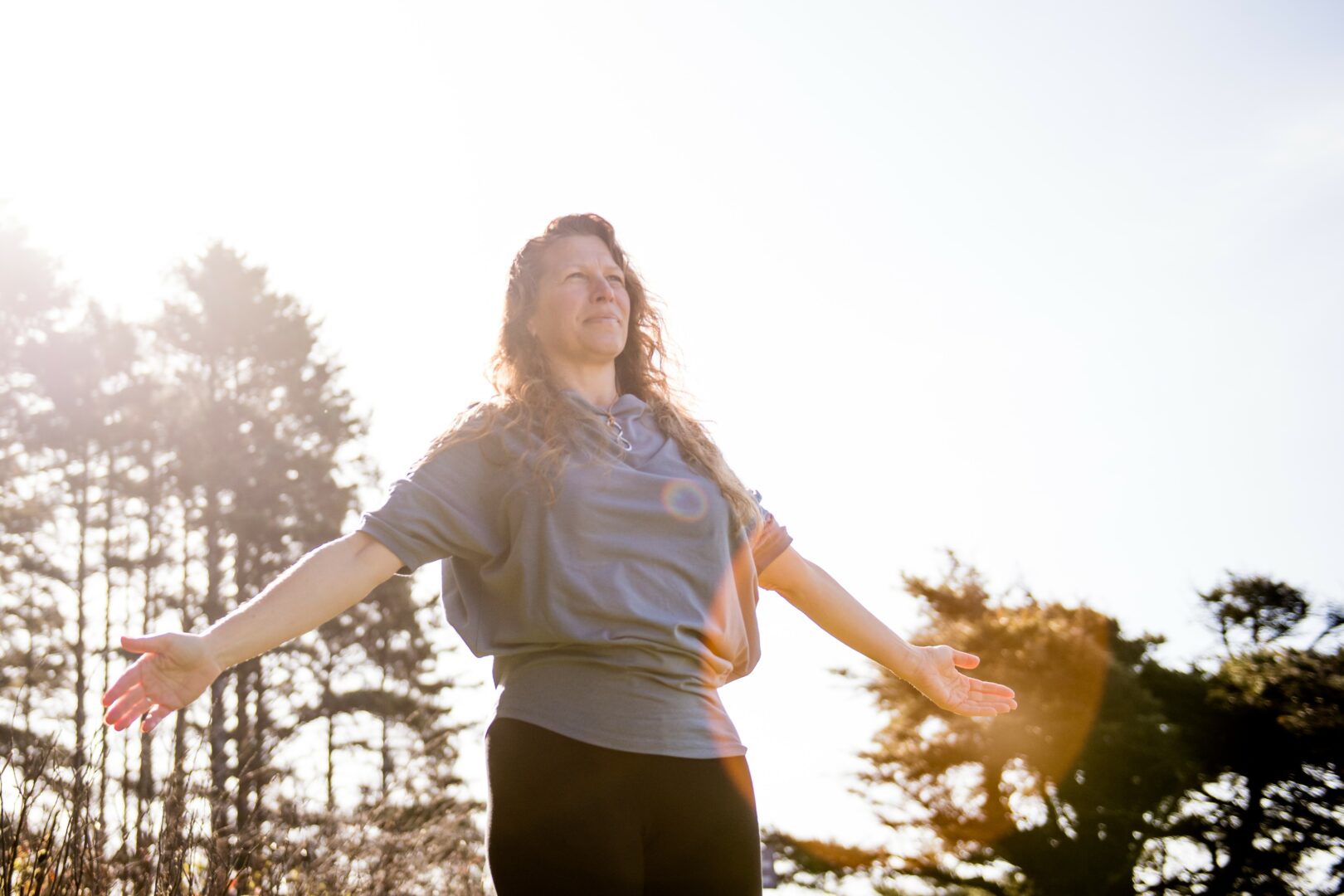We recently connected with Linnaea Borealis and have shared our conversation below.
Linnaea , so great to be with you and I think a lot of folks are going to benefit from hearing your story and lessons and wisdom. Imposter Syndrome is something that we know how words to describe, but it’s something that has held people back forever and so we’re really interested to hear about your story and how you overcame imposter syndrome.
For most of my creative career I viewed my journey as a goal to become an artist. The nature of that belief alone fostered imposter syndrome, and it wasn’t until I became involved in my local art community that I faced that feeling head on. I believe that all artists face this obstacle, because unfortunately artistry can be generally treated as a hobby if it is not protected behind the veil of professionalism in the industry.
After about a year of meeting other creatives on a weekly basis at a local non profit, The Duluth Art Institute (DAI), I challenged my narrative. I had been accepting commissions, showing in galleries, and dived into the world of grant writing. Those actions are all tell tale of an art career, so therefore it made no sense to aspire to be an artist. Rather, to wear the badge and lean into this calling.

Let’s take a small detour – maybe you can share a bit about yourself before we dive back into some of the other questions we had for you?
I am a Duluth-based watercolor illustrator, instructor and community activist. For most of my life, my work existed primarily in sketchbooks. I didn’t quite dive into the magic until getting involved in art communities and seeing what other artists were up to. Around 2017, I dived full heatedly into my watercolor practice. I would hike along the James River in Richmond, VA, and sketch the trees. I’d imagine fairies living in them, or children playing around them, knights in shining armor and dragons dancing along the water nearby. I found my voice in story-telling.
Later, in Fairbanks, AK, I hiked along mountain ridges and painted Au Plein Air. I’d have friends sit on the ridge line, overlooking the valley, and paint them as ice kings or goddesses rising in the mist.
Now, settled in Duluth, MN, I have leaned heavily into my illustration practice and have become a watercolor instructor at the Duluth Art Institute. I believe fully that instructing makes artists better at their practice, because one must practice what they preach on some level to maintain their reputation as a skilled practitioner.
This year I had the honor of throwing up a solo show at the Tettegouche State Park Visitor Center, and tell the tale of my solo hiking journeys along the Superior Hiking Trail. Later this year I will be teaching more courses at the Art Institute, and planning for my 2026 show titled “Love Letters to Duluth.”
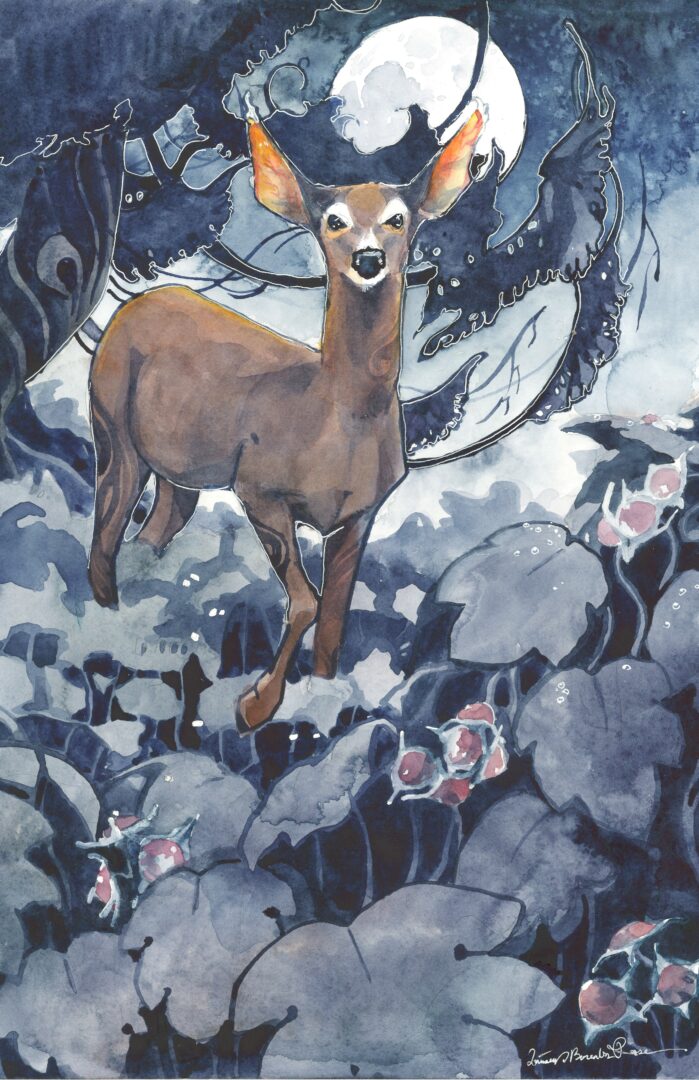
If you had to pick three qualities that are most important to develop, which three would you say matter most?
Humility, networking, and curiosity are three qualities that were most impactful on my journey.
Humility had the biggest impact on my journey, in the sense that without it–I would not have grown. A lot of artists have been showered with praise as youths and into adulthood, and I was certainly one of them. I was told that I was exceptional, and for most of my journey prior to 2016, I was insulated by my own ego. This held me back from personal, professional, and interpersonal growth. Once I noticed that I plateaued and other artists were succeeding, I began asking myself serious questions about my direction. I opened my heart to genuine critique, and listened to other artists’ stories. My ego took a back seat to artists in the field that taught me and shared their discipline with me.
Networking threw me from a novice looking in, into a thriving artist with a goal. I have used social media for the majority of my career and found that I had no genuine connection or leads in the field. I was quite small, and obsolete. When I settled in Duluth, I connected with other artists on a local level. I walked into galleries, asked questions, followed email lists for opportunities, and built a relationship with the art community. This fell hand in hand with humility, because in realizing that one does not simply break into the art scene as famous, one must start from square one and connect with others.
Curiosity drives my storytelling. I tell stories that people can see themselves in, and that is a powerful narrative. I achieved this through becoming an active listener, from observing, from becoming a genuine friend. Curiosity is the heart beat that drives a person to self growth, discipline, and in the art field–exploring skills. Curiosity pushed me to study other artists, to find my style, my voice, and my place in the community.
For artists that are emerging, my advice is to take these qualities, rather, these values, and embody them. Cult of personality in the art world works with fame, the isolated and tragic type, like Van Gogh cutting his ear—but it does not work for all of us. Absorbing professional qualities and facing adversity head on is a far more tangible journey than being a wild personality in a story. People gravitate to what they can relate to, and not so much sensation and mistique.
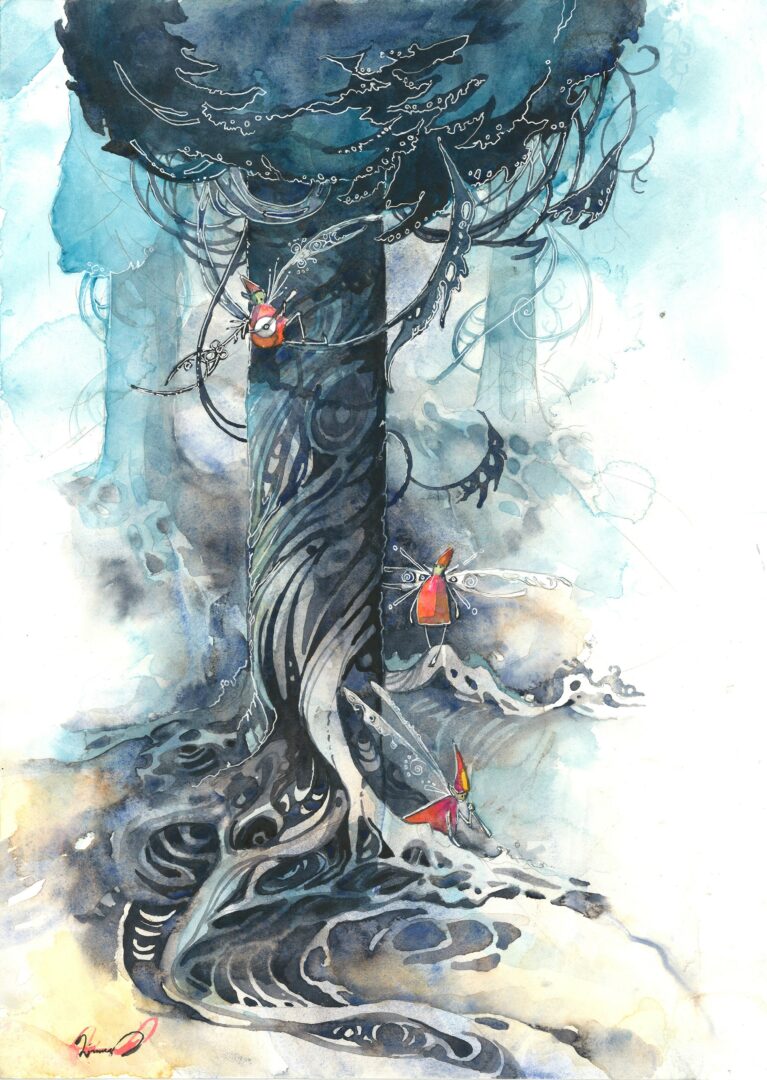
Before we go, any advice you can share with people who are feeling overwhelmed?
I put my skills to the test earlier this year when I was on a time crunch to finish my work for a solo show. I had recently had my third child, and I was often overwhelmed by home life and had minimal time to focus on painting. I was working, juggling domestic labor, post partum, financial insecurity—the list goes on and on. While stealing away hours in the night to paint, I applied my teaching and discipline to my work. During that time I was teaching a beginning watercolor course at the Duluth Art Institute (DAI). I found myself making tragic mistakes and having to start over, and I realized that I was not practicing what I was preaching in class.
I made a plan for a realistic trajectory of creating under pressure. A timeline that would make sense, while leaving space for giving myself grace if I had to start over. I made time for three failed paintings, and 7 completed. I made a thumbnail study for each piece, and pushed the compositions to completion on small scale. This allowed me to see the potential pit falls, the obstacles ahead, and where my strengths would succeed or fail me.
For artists that are considering hanging work in a show, I would advise them to see their art for where it is and not where they want it to be. Setting realistic expectations based on your current practice will serve you far better than hopes will. That hope does drive us to create and push ourselves, but more often than not it can create unnecessary obstacles that can hold us back.
Contact Info:
- Instagram: https://www.instagram.com/linnaea_borealis_art/
- Facebook: https://www.facebook.com/linnaeaborealisart/
- Other: Hi, I use (they/them) pronouns
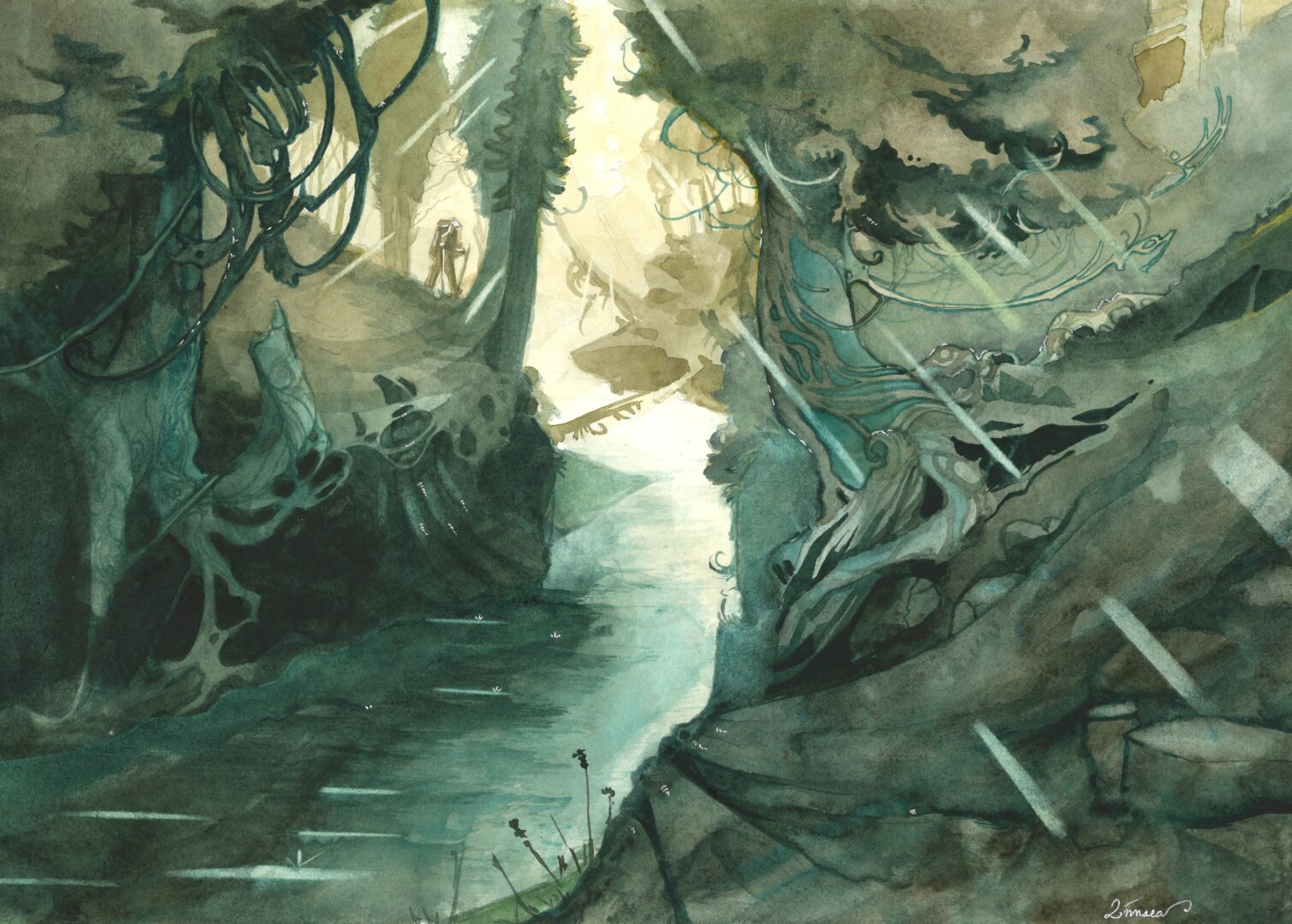
so if you or someone you know deserves recognition please let us know here.

